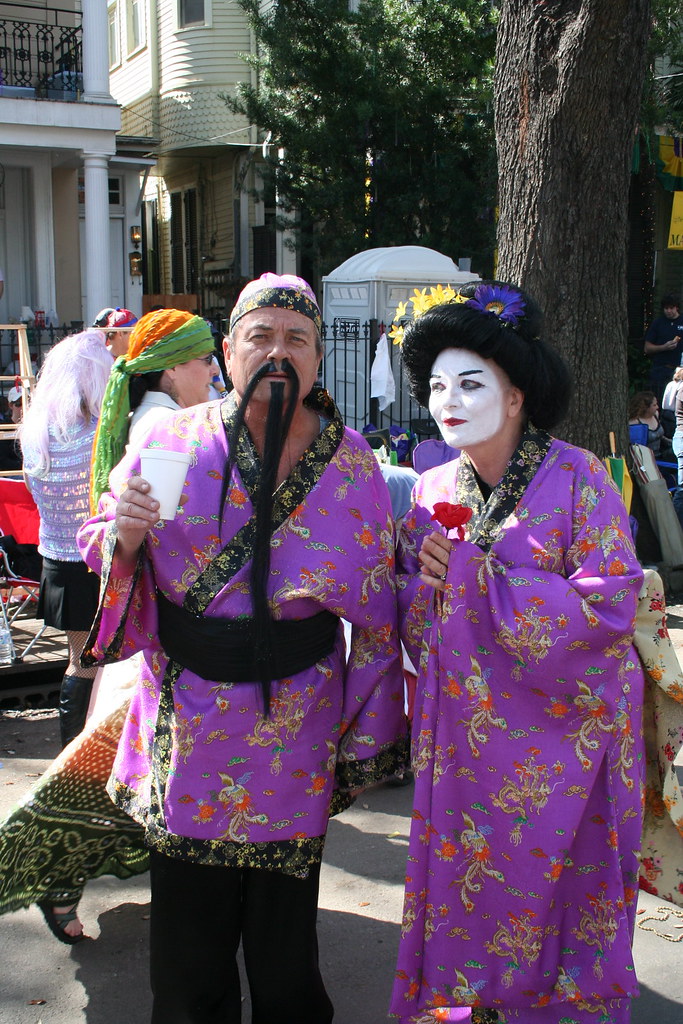The Philippines has a bridal custom.
In the Philippines, bride customs may vary depending on the region, religion, and ethnicity. For instance, some spouses make a exclusive slippery wheat cake or perform traditional religious rituals. Numerous people host something equivalent to a rehearsal dinner https://www.thechurchnews.com/2022/2/10/23218922/young-women-leaders-trust-in-the-lord-2022-youth-theme for their friends in a more contemporary setting.
Filipinos furthermore have marriage sponsors or “aunties and aunts,” although the majority of people will possess a maid of honor. These special guests are known as the “ninang” or “ninong” for the wife, “ninong” for the groom, and “ninong” for the bridegroom. They participate in ceremonia, including rope ceremonies, coin ceremonies, and veil ceremonies.
In the Philippines, seeking parental approval is a great part of the marriage custom. In front of the rest of the wedding guests and occasionally even the priest, the ninang or ninong gently touching their parent’s hand to their own forehead, although this is n’t always done during the ceremony itself. They are acknowledging that they are giving their child to their companion and present respect for their relatives.
Another significant bride meeting is known as the pamamanhikan. This crucial stage of a betrothed woman’s relationship is significant because it represents the man’s commitment to his coming sister’s union filipino cupid with her home. The woman’s household next accepts his suggestion.
A well-known sign in Philippine ceremonies is the aras or arrhae. It is a wedding ornament with thirteen coins that represent the couple’s good health, wealth, and luck. It is typically held by a lovely gold bearer. During the meeting, the wedding places the aras or arrhae on the princess’s palm.

